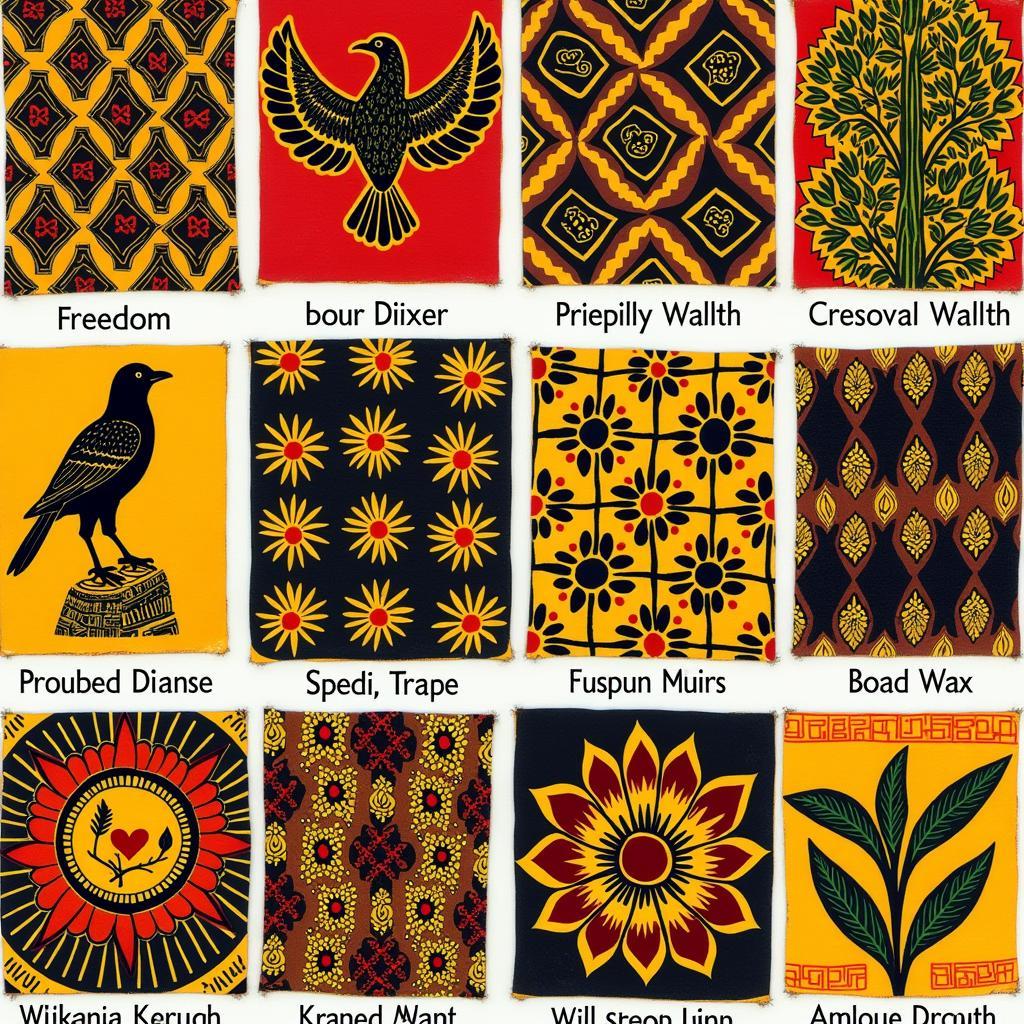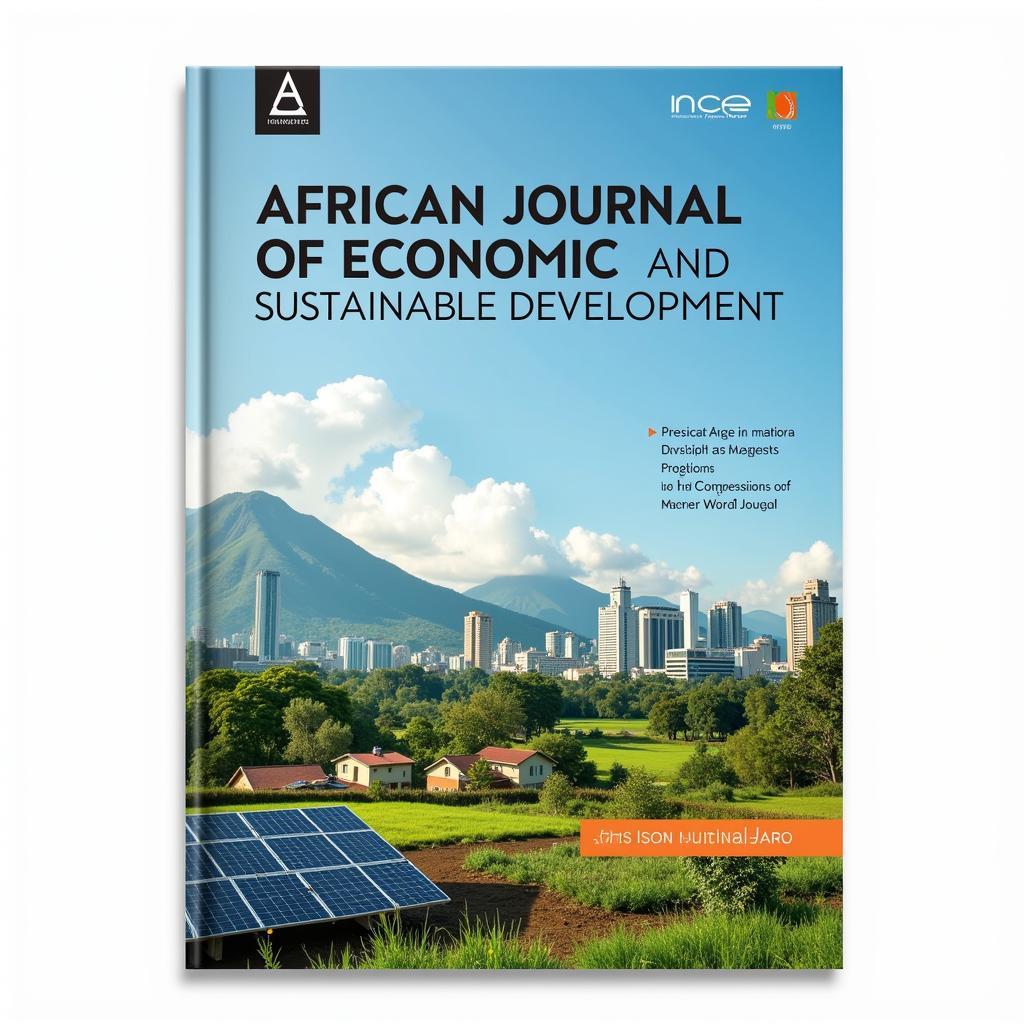Understanding the African Gini: A Deep Dive into Inequality
The African Gini coefficient, a measure of income inequality, paints a complex picture of the continent’s economic landscape. While Africa boasts a rich tapestry of cultures and resources, it also grapples with significant disparities in wealth distribution, impacting various facets of life.
Unveiling the Numbers: What Does the African Gini Tell Us?
The Gini coefficient, ranging from 0 to 1 (or 0% to 100%), provides a snapshot of income distribution within a nation. A score of 0 represents perfect equality, where everyone earns the same, while 1 signifies absolute inequality, with one person holding all the wealth.
Africa exhibits some of the highest Gini coefficients globally, averaging around 0.45. This figure reveals a stark reality: a significant portion of wealth is concentrated in the hands of a few, leaving a large segment of the population with limited access to resources and opportunities.
“The African Gini index is a stark reminder of the deep-seated inequalities that continue to plague the continent. It underscores the urgent need for inclusive growth policies that benefit all segments of society,” remarks Dr. Abena Oduro, a leading economist specializing in African development.
Factors Fueling the Divide: Unpacking the Roots of Inequality
Several factors contribute to the high Gini coefficients across Africa:
-
Historical Legacy: Colonialism’s extractive practices and unequal power structures continue to cast a long shadow on many African nations, impacting land ownership, access to education, and economic opportunities.
-
Limited Economic Diversification: Reliance on a narrow range of exports, often raw materials, leaves many countries vulnerable to global price fluctuations and hinders the development of a robust middle class.
-
Weak Governance and Corruption: Lack of transparency, accountability, and widespread corruption hinder equitable distribution of resources and undermine public trust in institutions.
-
Rapid Population Growth: While a young population presents opportunities, rapid population growth without corresponding economic expansion can strain resources and exacerbate inequalities.
Beyond the Numbers: The Human Face of Inequality in Africa
The consequences of high Gini coefficients are profound, impacting individuals, communities, and the continent’s overall development trajectory:
-
Poverty and Deprivation: High income inequality translates to a significant proportion of the population living below the poverty line, struggling to access basic necessities like healthcare, education, and sanitation.
-
Social Unrest and Conflict: Unequal societies are often breeding grounds for social unrest and conflict, as marginalized groups, fueled by a sense of injustice and lack of opportunity, demand change.
-
Hindered Economic Growth: Inequality stifles economic growth by limiting human capital development, discouraging investment, and reducing overall productivity.
-
Erosion of Social Cohesion: Extreme disparities in wealth can erode social cohesion, creating divisions and distrust between different segments of society.
Bridging the Gap: Pathways to a More Equitable Africa
Addressing income inequality is not just a matter of social justice but also an economic imperative for Africa’s sustainable development. Here are some crucial steps towards a more equitable future:
-
Investing in Education and Skills Development: Equipping individuals with the skills and knowledge needed in a rapidly evolving global economy is crucial for social mobility and inclusive growth.
-
Promoting Economic Diversification: Moving beyond reliance on primary commodities and fostering industrialization, value addition, and a more diversified economic base will create more high-paying jobs and stimulate economic activity.
-
Strengthening Governance and Institutions: Tackling corruption, promoting transparency, and ensuring accountability are essential for creating a level playing field and fostering an environment conducive to inclusive economic growth.
-
Empowering Women and Girls: Investing in women’s education, healthcare, and economic opportunities is not only a matter of gender equality but also a catalyst for broader economic development and poverty reduction.
Conclusion: A Collective Effort for Shared Prosperity
While the African Gini highlights the challenges of income inequality, it also underscores the immense potential for positive change. By addressing the root causes of inequality and implementing inclusive policies, African nations can unlock a brighter future marked by shared prosperity, social justice, and sustainable development. The journey towards a more equitable Africa demands a collective effort from governments, civil society, the private sector, and individuals alike.



